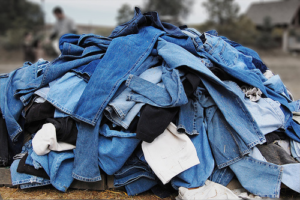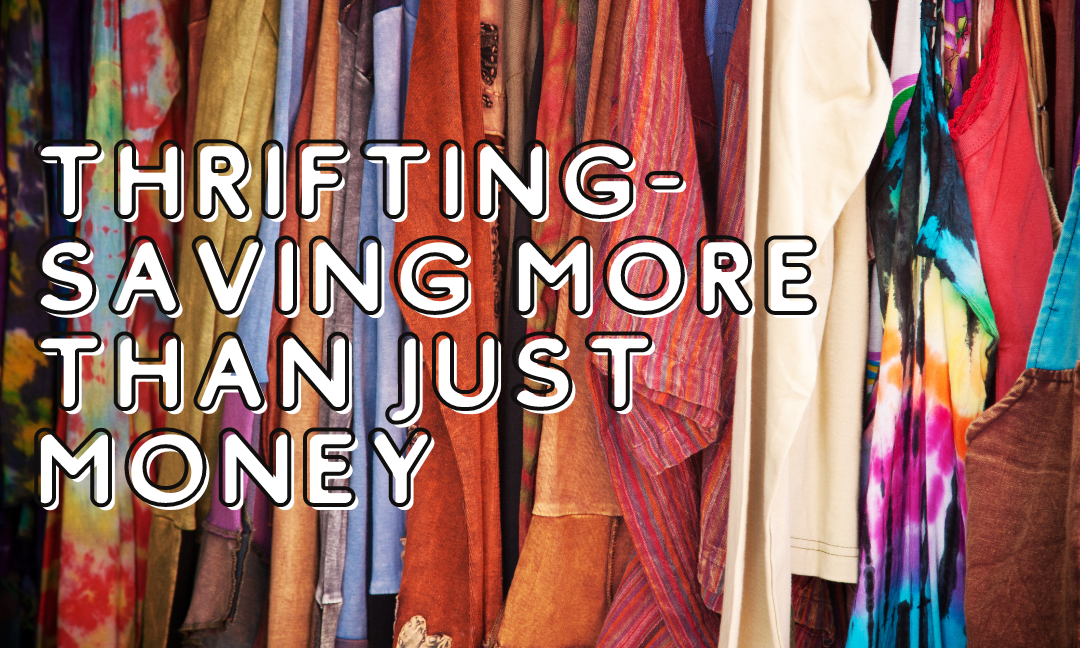Written By: Peter Brecht
Edited By: Tianna Mair
Designed By: Nadia
Published By: Miriam Alonge Wato

Thrifting might be a fun way to find unique, vintage clothes at a low price, but it is also a great way to save the environment. Personally, I love thrifting as it is my favourite way to shop. However, with the rise of fast fashion and companies creating more and more clothes to keep up with the rise of trends from social media, it has become apparent that thrifting is fundamental in the effort to save our planet.
Pollution
The clothing industry is the second most polluting industry, responsible for 10% of the world’s total emissions. Levis estimates that a single pair of their jeans emits 33.4 Kg of CO2, roughly the same as driving a car 1,000 Km. As well as the gallons of water it takes to create each pair. Not to mention the dye used in jeans which are mainly composed of cyanide. This dye then gets washed away into rivers and streams due to negligent safety standards among large companies. But, it doesn’t end here. Another issue with clothing production is its inability to decompose in water. Many fabrics used in clothing can not break down in water, meaning clothing that ends up in oceans will float around endlessly and continue to compound on itself. If you’re looking for a quick solution, sign petitions to hold these companies accountable, and more solutions will be provided later in the blog.

Fast Fashion
For anyone who does not know what fast fashion is, it’s companies creating as much clothing as possible as fast as possible to keep up with consumer trends. This means consumers rebuying the new collection every month when it comes out, as well as these companies exporting their labour to countries with cheap and abusive labour laws. Fast fashion already has many issues, but yet another side effect is all the waste that it produces. Approximately 85% of textiles created by fast fashion companies end up in landfills as consumers replace them with the newest trend. The average American produces 60-80 pounds of waste from clothing alone. To top it all, there is the pollution from expediting the clothes to a different country to be manufactured.
Solutions
The most impactful way to end this awful practice is a simple motto we all know: reduce, reuse, recycle. Reduce, reduce the amount of clothing that you are purchasing. Even while thrifting, be sure not to overbuy just because it is cheap. Reuse – rather than buying brand-new clothes from some large scale company, go check out your local thrift store. Odds are they will have the same brands and introduce you to brands you may have not even heard of. A few I have found while thrifting are: American Eagle, H&M, and Ralph Lauren for a fraction of the price of buying new while still being good quality. Finally, recycle – once in a while, go through your closet and donate the clothes you have lying around. I did this recently and found clothes from when I was a baby hiding in the depths of my dresser and found a few things I liked that I had not worn in ages. By doing these simple things, you can help move towards a greener earth.

